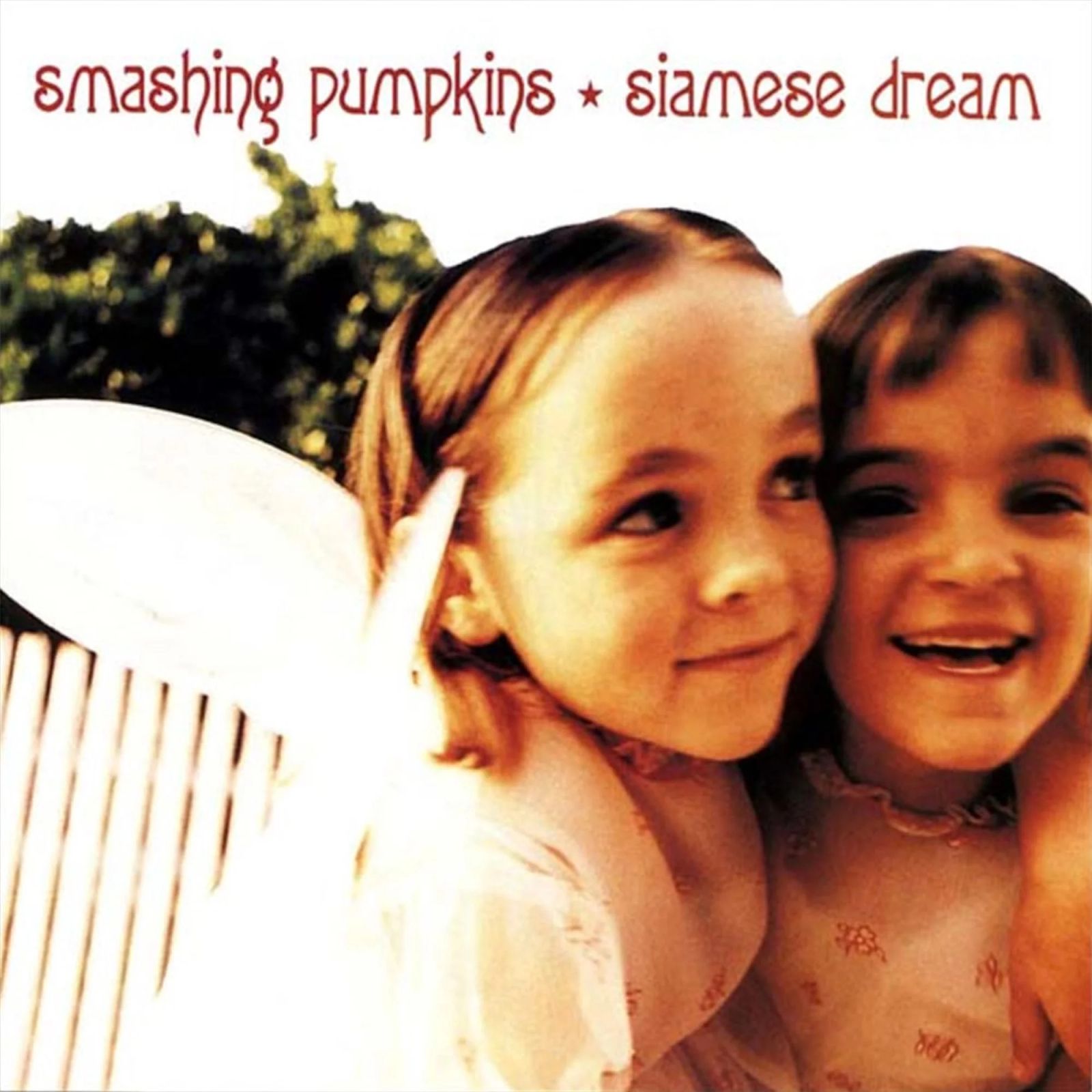Review of Siamese Dream by the Smashing Pumpkins
by James Paci, Form VI
3 min. read — November 2, 2021

In the early ‘90s, hard rock albums abounded, from Nirvana rip-offs capitalizing on grunge’s popularity to hair metal bands trying to extend their runs. However, Siamese Dream, the second album from Chicago alternative rock band The Smashing Pumpkins, stands out from the crowd. Siamese Dream combines grungy singing, blistering guitar solos, and fuzzy, blasting guitar sounds to create an incredibly thick-sounding, fuzzy, and grungy album.
Released in 1993, Siamese Dream is The Smashing Pumpkins’ second album. Their debut, 1991’s Gish, boasted Hendrix-like solos from the band’s lead guitarist, singer, and frontman Billy Corgan, and a brittle tone from rhythm guitarist James Iha. For Siamese Dream, however, Corgan and Iha changed their tone via a secret weapon: the Electro-Harmonix Big Muff Pi fuzz pedal. The Big Muff was originally popularized by guitarists like David Gilmour of Pink Floyd and Carlos Santana; however, they often did not push the pedal to its fuzziest, thickest extremes. Corgan and Iha, on the other hand, cranked the sustain on their pedals to the max. The result was a guitar tone so chaotic and gnarly that their producer, Mark “Flood” Ellis, initially refused to let them use it during recording. Eventually, though, he relented, and the results are incredible.
“Cherub Rock,” the album’s first single, features a total of six guitar tracks layered on top of each other, all thoroughly thickened and fuzzed by the Big Muff, leading to an insanely heavy sound. The song’s solo, although simple compared to other songs on the album, is elegant and concise. “Geek USA” and “Quiet” both have a fast, driving sound to them, emphasized by drummer Jimmy Chamberlin’s immaculate beats and Corgan’s screeching, chaotic guitar solos. These two tracks both clearly show the Pumpkins’ metal influences. Although its intro has no distortion, the main riffs of “Mayonaise” retains the Pumpkins’ signature thickness, but with a slower, calmer vibe. Likewise, the first half of “Soma” has a very clean guitar tone, which soon gives way to blasting, glorious fuzz. “Disarm” and “Spaceboy” forgo heavy sounds entirely, and substitute fuzzy guitars for synths and string arrangements (foreshadowing the band’s future releases “1979” and “Tonight, Tonight”). Siamese Dream’s greatest strength just might be its guitar tones.
A commonly cited issue with Siamese Dream and with The Smashing Pumpkins in general is Corgan’s unique vocal style. Admittedly, his voice carries a whiny, borderline obnoxious sound, which is especially on display in “Disarm” (Corgan’s voice is even whiny for early ‘90s standards). Although Corgan’s voice is definitely an acquired taste, it fails to overshadow Corgan’s talent as a guitarist and songwriter. Another minor irritation is the bass’ place in the songs and in the mixing of the album. Though bassist D’Arcy Wretzky’s playing is audible, the bass’ importance is downgraded from Gish, where it played a more central role and sounded more interesting. This may be due to the heavy guitar sound drowning out the bass, but it is a minor annoyance regardless.
1993 was a stacked year for rock albums. Two of the world’s biggest bands at the time- Nirvana and Pearl Jam- both released new albums that year, as well as countless other bands. Despite the packed playing field, Siamese Dream managed to debut in the top 10 on the Billboard 200, eventually selling four million copies in the United States alone. Although the Pumpkins were by no means completely unknown before Siamese Dream, it did add their name in Sharpie to the list of influential artists, pushing them to being one of the biggest bands of the era.
Despite releasing among stiff competition, Siamese Dream managed to stand above the rest through a powerful sound, brilliant songwriting, and incredible talent from each of its members. Many regard Siamese Dream as one of the best albums of the 1990s, and it is not hard to see why.